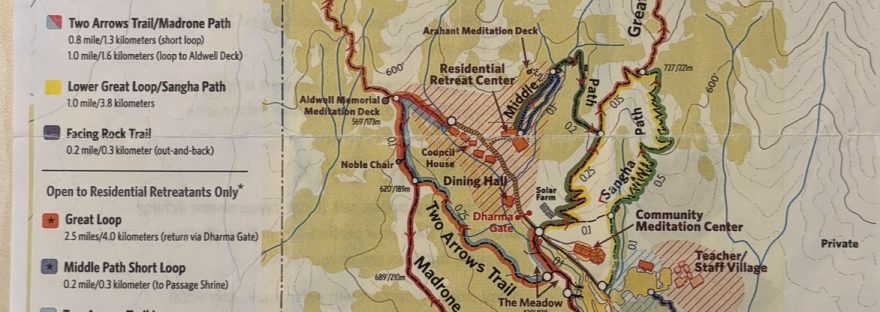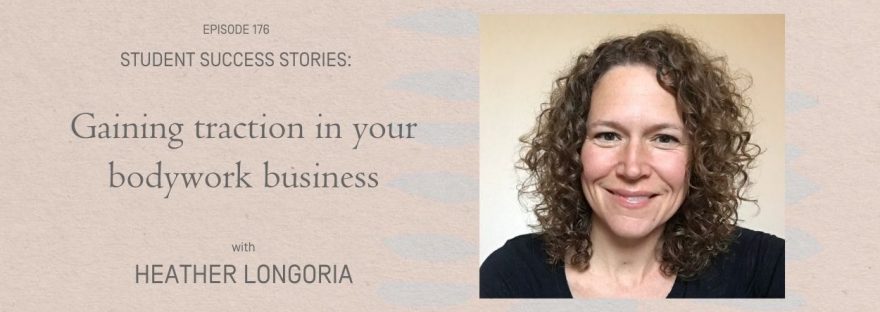If you were to describe a human to an alien who had never before encountered the species, what would you say? Would you talk about the number of arms and legs? Would you have to describe what arms and legs are?? Would you talk about all the body systems – how the heart sends blood all over the body, how the lungs bring in oxygen and send out carbon dioxide? Would you talk about how we live? How we think? How we feel? What exactly, makes us human?
I wonder about this kind of stuff a lot. I LOVED all the anatomy I learned at the Center for Neurosomatic Studies. Every Friday for 4 hours we learned about bones, muscles, ligaments, systems, organs. It was fascinating. And the more I learned, the more I realized how little I knew about who and what we are – who and what I am.
And this process of moving from knowing so little that I thought I knew a lot – to knowing slightly more and realizing that I actually know very, very little (Dunning-Kurger Effect) has continued on apace ever since then.
I recently encountered another book that made me question, again, WHAT THE HECK ARE WE?? This book is “Anatomy of the Spirit” by Caroline Myss. She is a medical intuitive, which, from what I can tell, means that she can read people’s energy and just KNOW what is off in their systems. That’s ridiculous, you say? I probably would have said that as well a few years ago, but now I have met too many mystical people, had too many “WHOA” experiences of my own, and heard too many tales of magic and wonder (many of which are scientifically proven) to remain a disbeliever. (If you want a real mind bender, check out https://thetelepathytapes.com/ – a podcast about nonverbal children who can read minds).
In her book, Caroline talks about how our bodies are the manifestation of our spirit – our spirit in material form, said another way. So everything that affects our spirit affects our body, and vice versa.
She notes that “your physical body is surrounded by an energy field that extends as far out as your outstretched arms and the full length of your body. It is both an information center and a highly sensitive perceptual system. We are constantly “in communication” with everything around us through this system, which is a kind of conscious electricity that transmits and receives messages to and from other people’s bodies. These messages from and within the energy field are what intuitives perceive.” Interestingly, this energy field is measurable by instruments and by the human hand. Next time you see me, I can show you how you can feel your own energy field.
And we are ALL intuitive. This can show up as gut feelings – a knowing that you should cross the street right now or that maybe you shouldn’t go to that class this weekend. It can show up as an mental niggling that just won’t go away – “You should text Nikki and see how she is doing.” Or maybe you take a bite of something and feel a little off – your intuition is saying NOPE.
In this book, she provides guidance on how to tune in to our own energy systems and support our spirits. There is SO MUCH in this book – too much to cover in detail in this letter, but here are some highlights that really jumped out at me (honestly, I just really want to record them, so that I can refer back to them easily. This stuff blows my mind and could change my life, but I quickly forget about it and go back to the status quo):
- To build intuition
- Stay with your first impression (trust yourself).
- Have a reflective state of mind.
- Self-inquiry is a spiritual task that helps us develop faith in ourselves.
- Objectivity is key.
- Don’t be casual about your spiritual discipline.
- We need to see and admit the truths about ourselves and our role in creating our own problems.
- Make a conscious commitment to learn from life’s experiences. Life is a learning experience – every situation, challenge, relationship has a message or a teaching.
- Think of yourself as an energy being as well as a physical being. The energy part of yourself records all your thoughts and interactions – your biography becomes your biology.
- Talking does not heal; taking action does.
- Live congruently – live what you believe.
- Positive energy works more effectively than negative energy in every situation.
- Endurance awakens when we accept life as it is.
- “Habit is a hell to which people cling in an attempt to stop the flow of change.”
- So long as we use comfort and security as our criteria of success, we will fear our own intuitive guidance because it directs us into new cycles of learning.
- Being supportive and non-judgmental creates a channel within us for Divine energy.
- Our task is to master our inner responses.
- Managing the power of choice is the essence of the human experience
- “Every choice that enhances our spirit strengthens our energy field; and the stronger our energy field, the fewer our connections to negative people and experiences.”
- Faith > Fear
- Creativity > Repetition
So that’s my goal – to work on all that. No biggie. 😊
I hope you get a little hit of creativity, wonder, and something beautiful and unexplainable today! Here’s a little sketch I did to break out of repetition and into creativity – 10 mins of playing. <3
Ways to work with me
- You can book a bodywork session here.
- You can book a free Wellbeing Coaching consultation here. I am offering a 6-session coaching package for $240. You can read testimonials here.
Newsletter signup
If you would like to get these posts sent to you directly, please click here.








